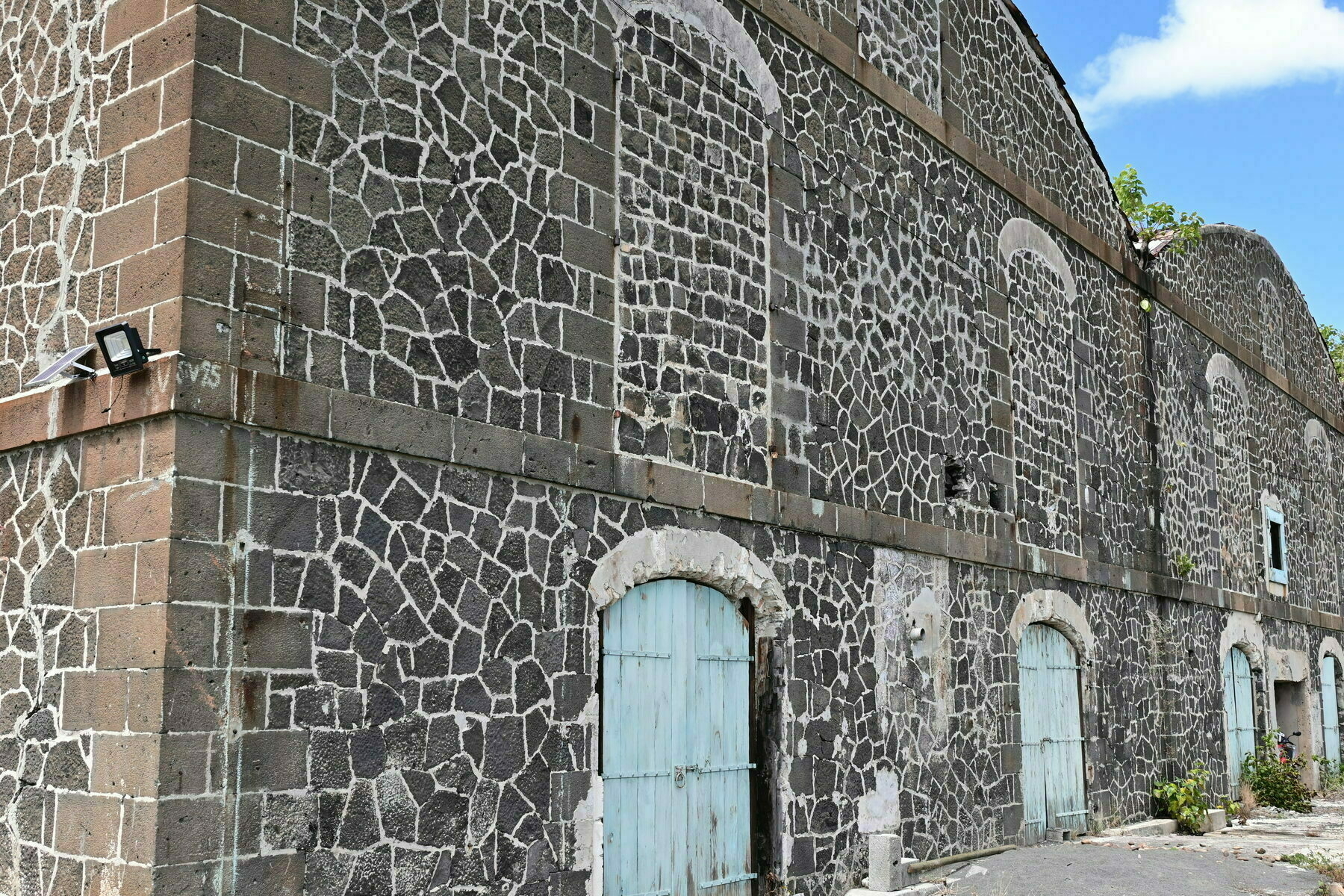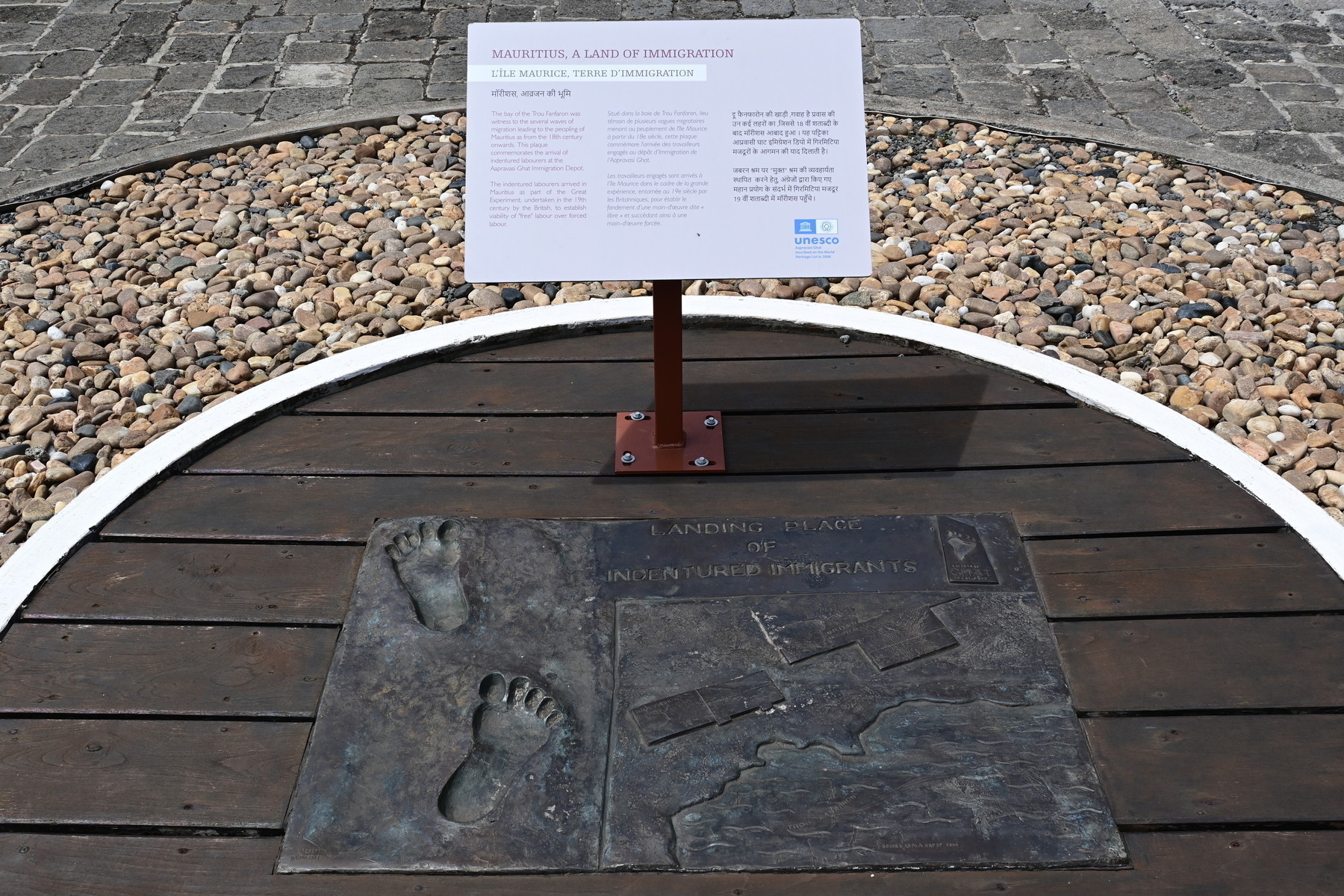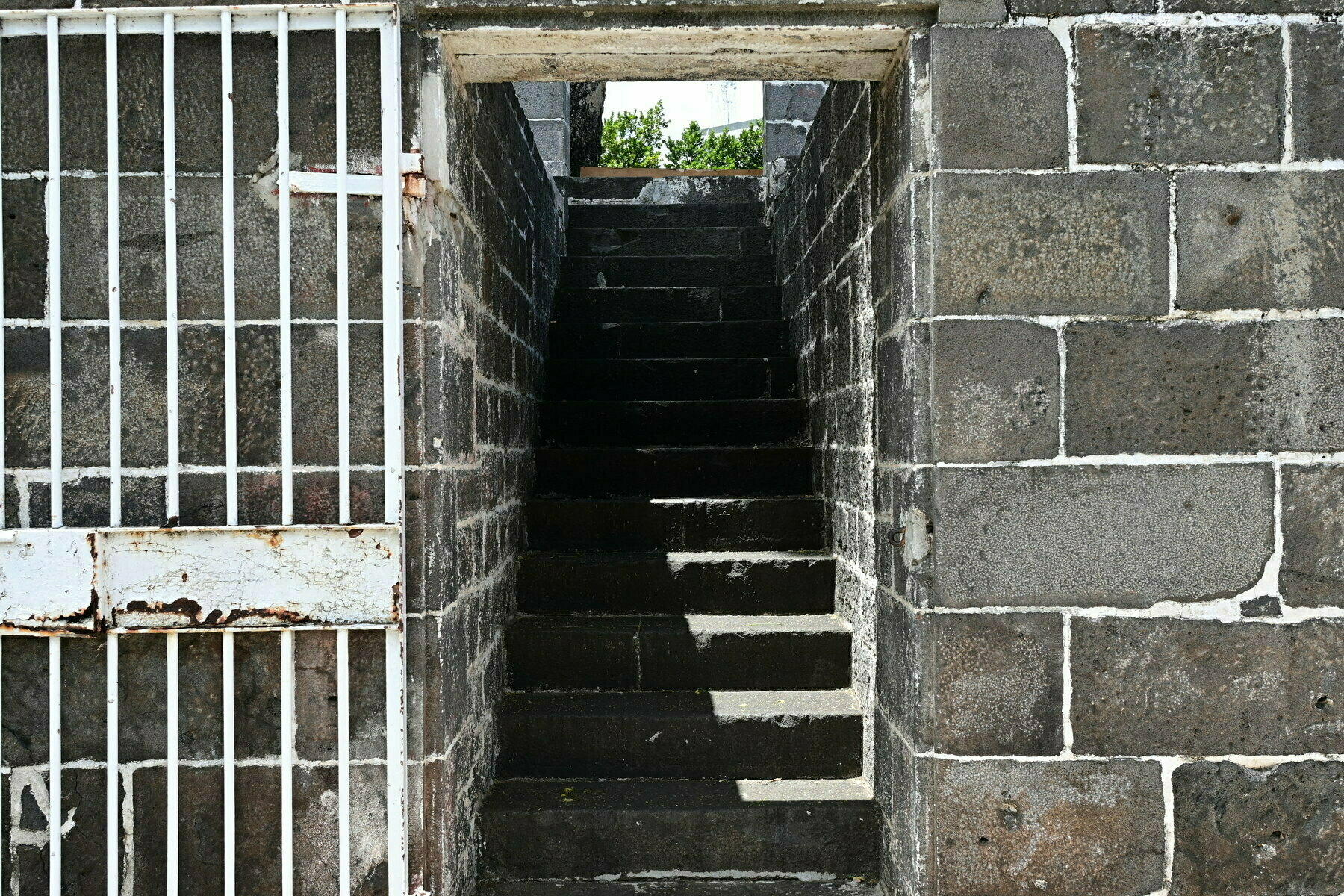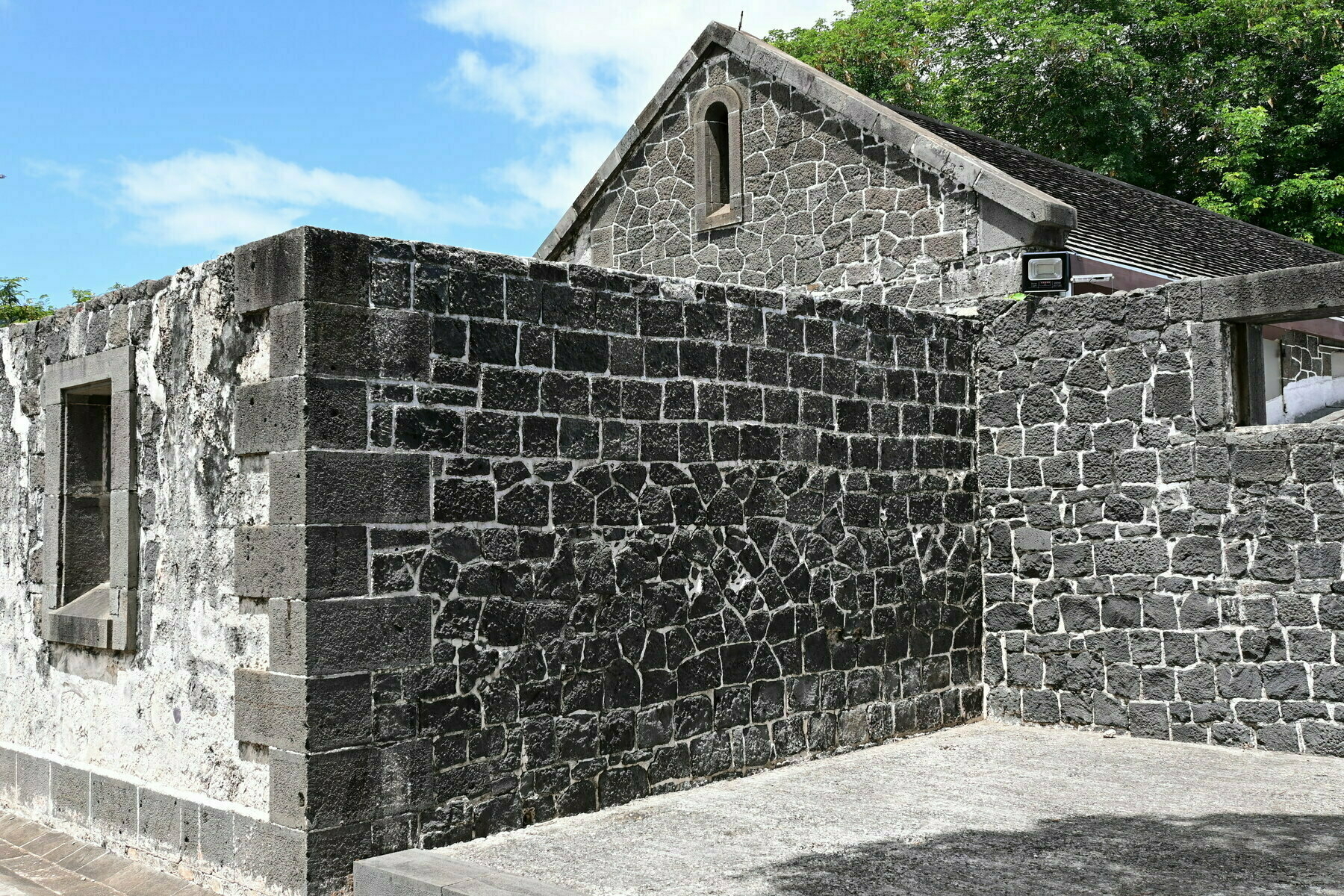Slavery and Indentured Servitude in Mauritius
When the Dutch colonized Mauritius in 1638, they began a long history of slavery and slavery-related practices on the island; kidnapping people from East Africa and bringing them to the island against their will. The French continued the practices when they took possession of the island in 1715. Slaves were primarily used to grow and harvest sugarcane, but they were also used to build the buildings in what is now Port Louis. The British captured Mauritius from the French in 1810 and abolished slavery in 1835.
Mauritius is still coming to grips with its slavery past and making restitution to the families of former slaves (as is the United States). There is a new little museum dedicated to showing the country’s slave past and working with various families and NGOs to gather artifacts, information, and documents regarding slavery and those involved (both masters and former slave families) and help the country move forward. We visited and they are working on a more permanent exhibit, and hopefully this interesting place continues to expand.
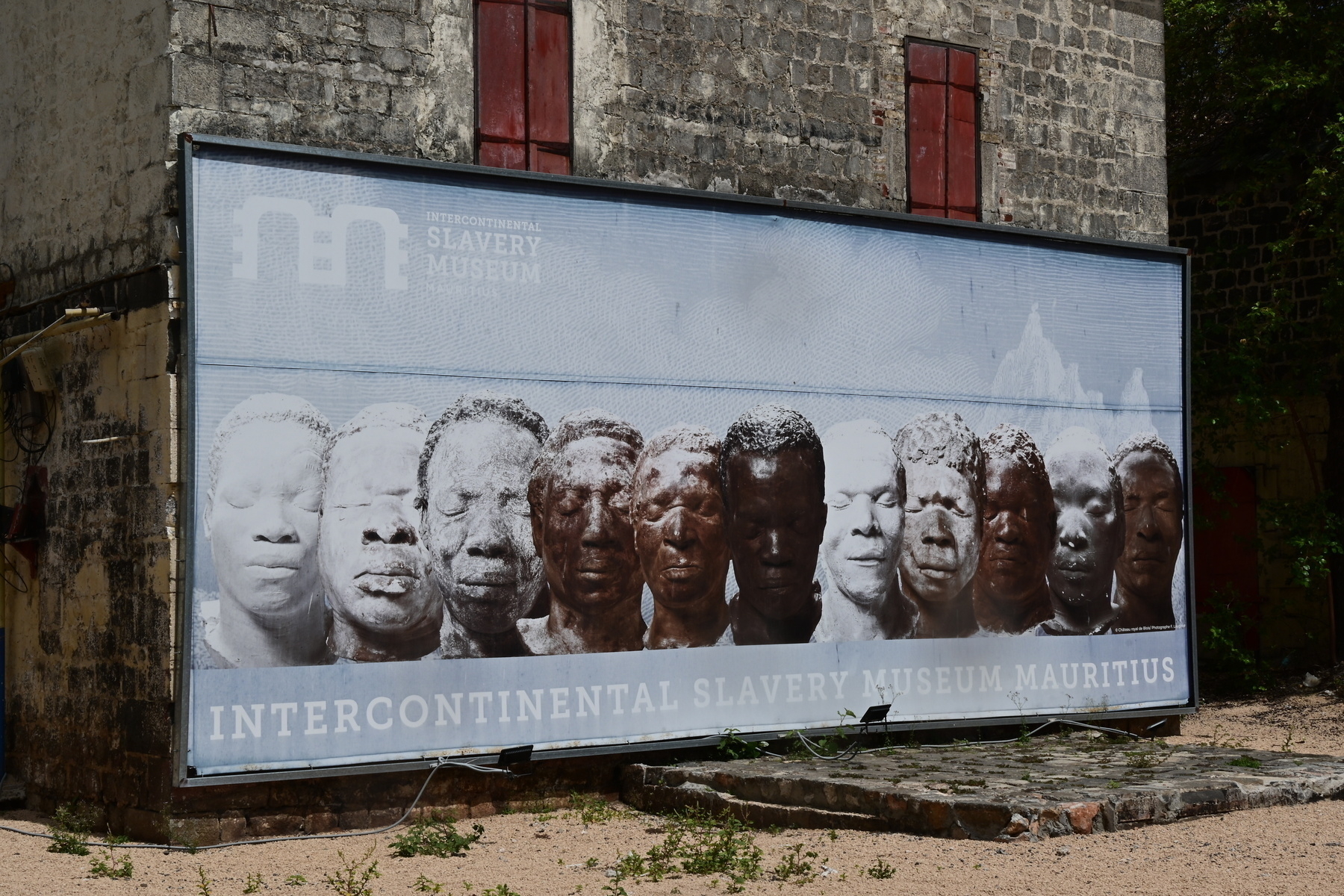
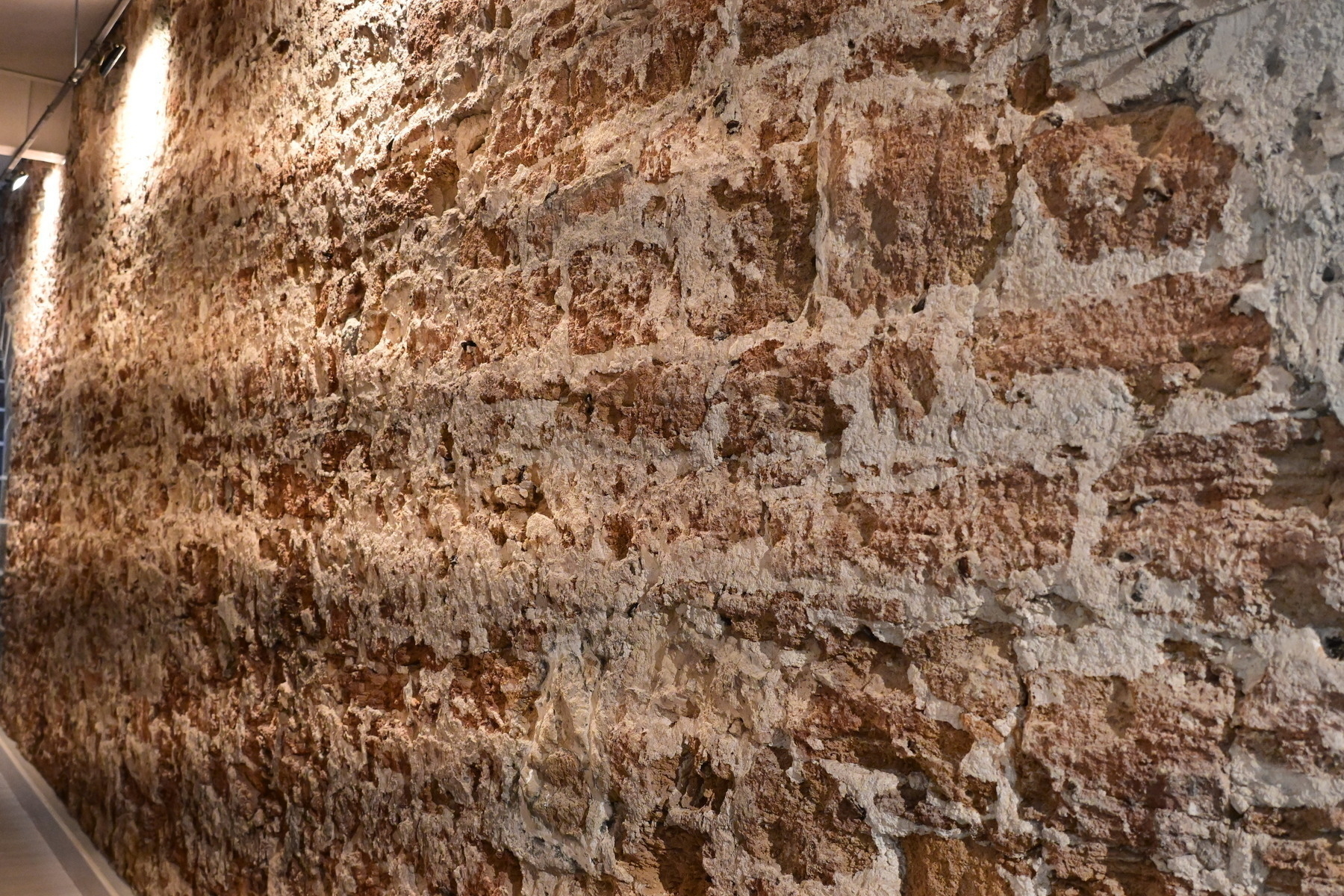
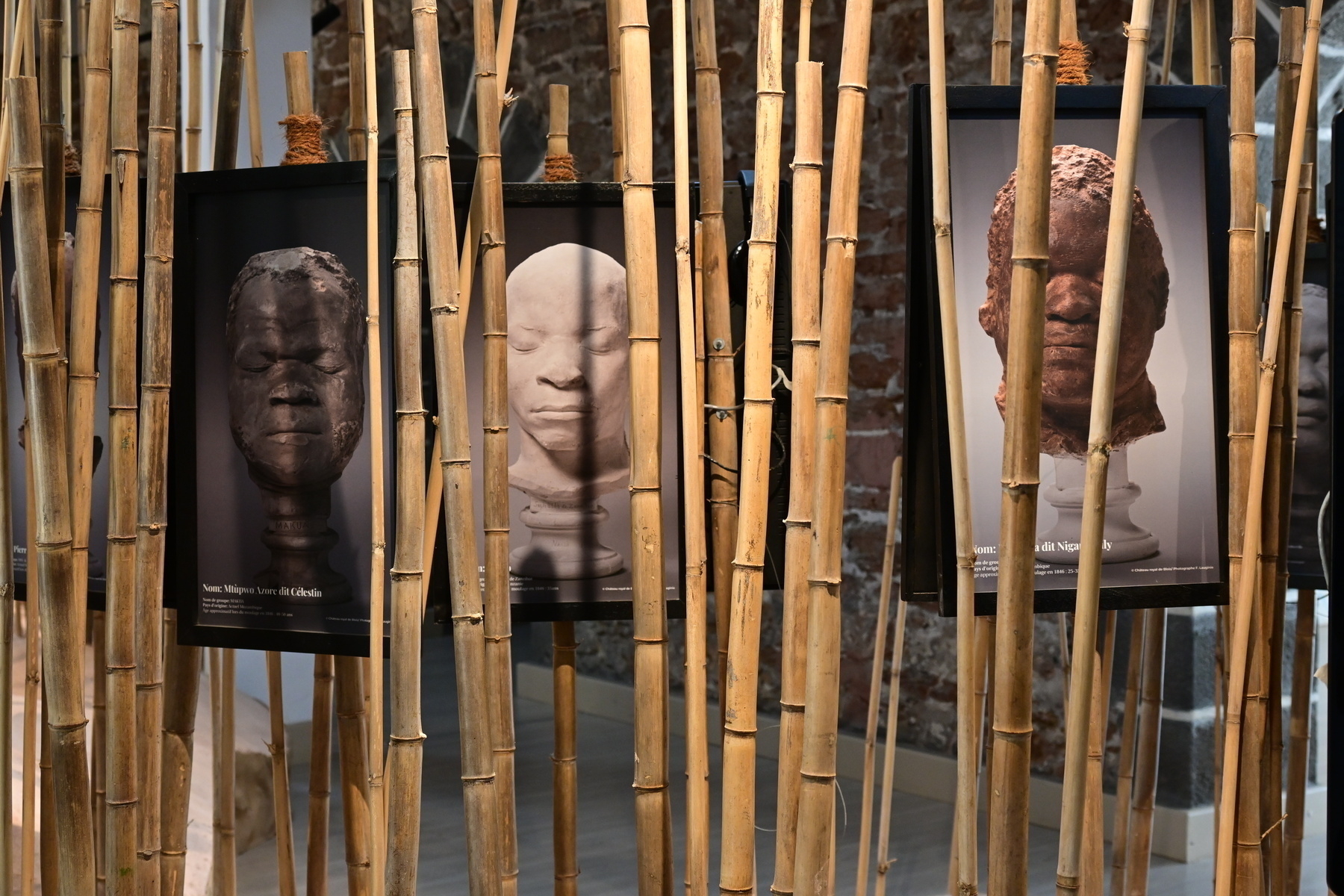
Once the British abolished slavery, they pivoted to a system of indentured servitude that lasted until 1910. Importantly, Mauritius was the birthplace of indentured servitude. While technically free people, the conditions for the workers were still harsh and the contracts still favored the plantation owners, but sometimes this life might have been better than they would have had back home. During this period, almost 2 million individuals came to Mauritius as indentured servants, mostly from India. The majority of Mauritians today are decedents from this Indian population.
The administrative buildings where many indentured servants first set foot in Mauritius and were processed for 2-3 days before being directed to their respective plantations is now a UNESCO World Heritage site. -J 🇲🇺
